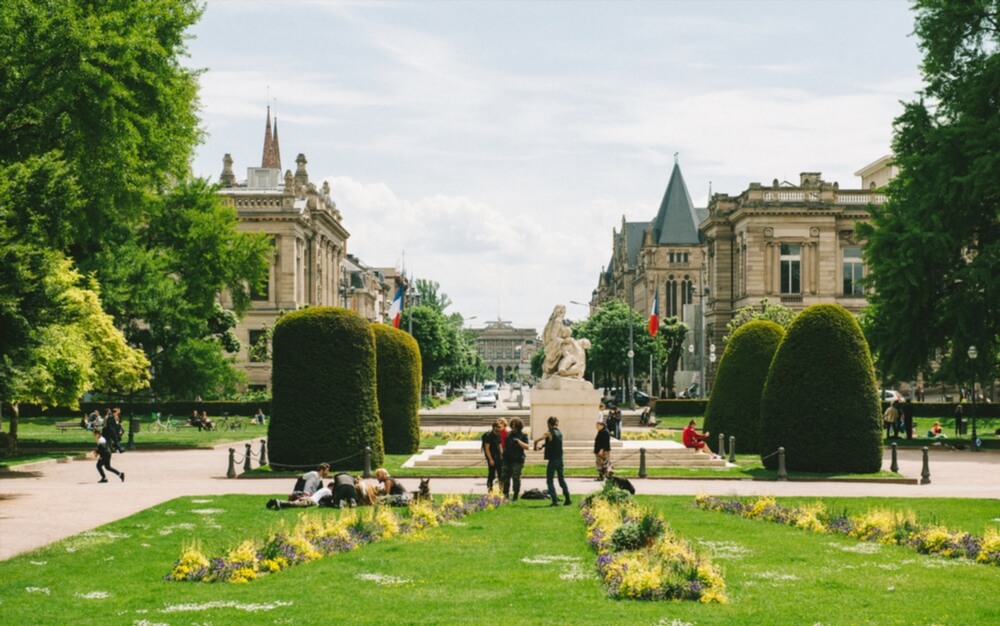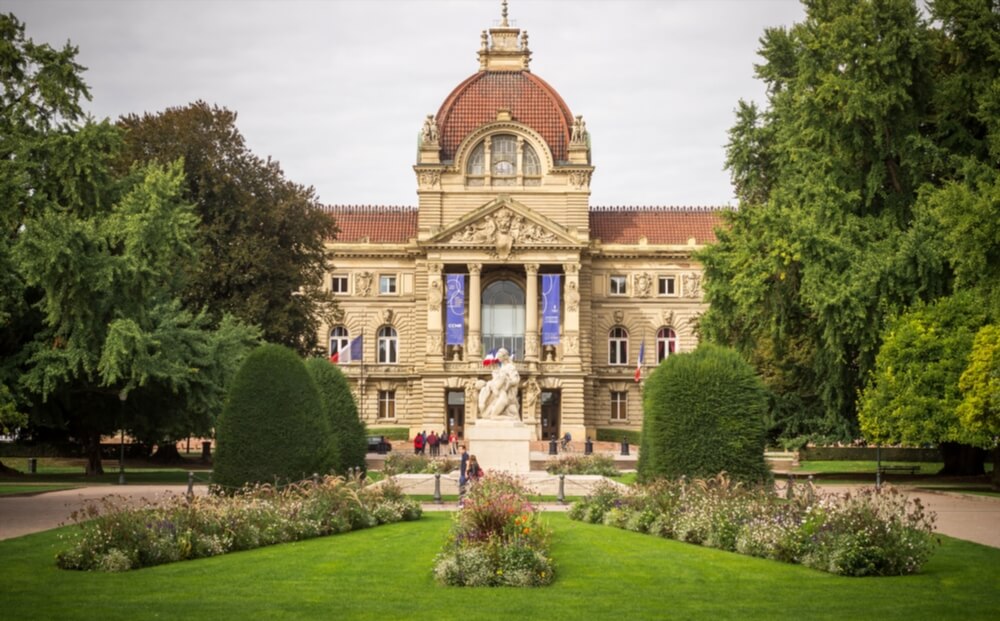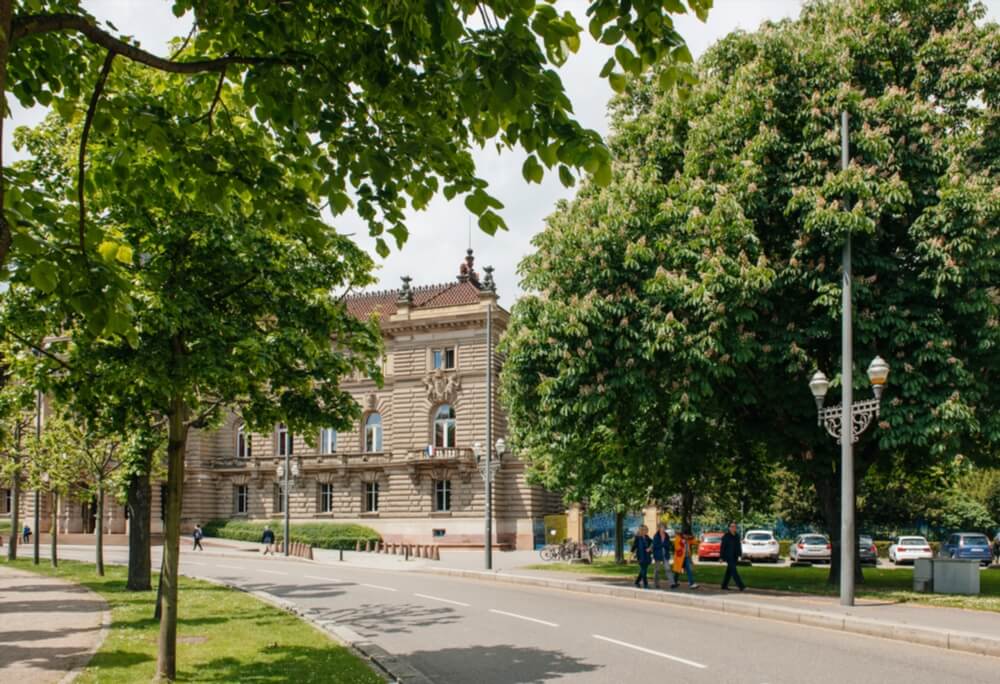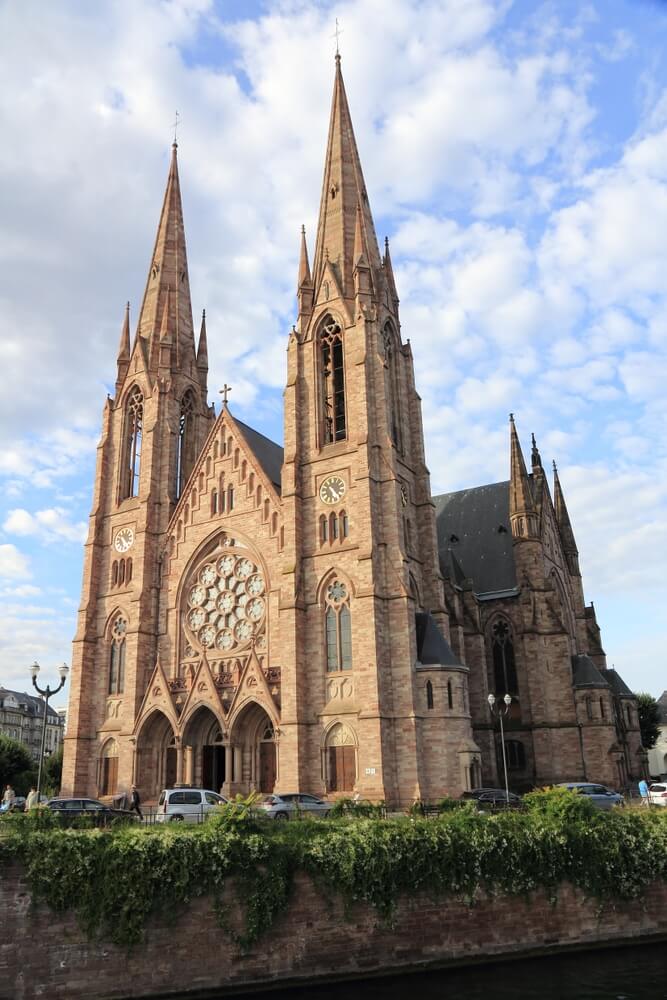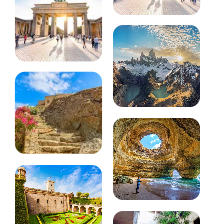Visit Strasbourg’s German Quarter: the Neustadt

Built at a time when the German Empire had seized control of Alsace, this district became an extension of the city of Strasbourg just before the start of the 20th century.
The Imperial Quarter is one of the city’s must-sees, with a rich heritage that will delight history and architecture buffs, or simply the curious. The Prussians saw this district as a means of demonstrating their power and their ability to modernise the city.
When you visit this typical Strasbourg district, you’ll discover vast avenues, huge squares and an environment that was intended to be airy and gigantic. There are also buildings in the neo-Renaissance and neo-baroque styles, as well as in the Art Nouveau style.
Listed as a UNESCO World Heritage Site, the Neustadt will surprise you with its extravagance and remains one of the last examples of late 19th-century German architecture.
The Neustadt, which means the new city, should be in your travel diary when you visit Strasbourg.
Why was the Neustadt built?
Following the war between France and Prussia, which ended in 1870, 3 of the 4 suburbs were destroyed within the city itself. Everything had to be rebuilt, and at the same time, the city of Strasbourg had to be extended, a project that had been in the pipeline for many years and which came back to the fore at the request of businesses in need of suitable infrastructure (railway station, port, wide avenues to facilitate traffic, etc.).
As for the Prussian Empire, it saw in this project a means of turning Strasbourg into a propaganda tool for the glory of German power. A political showcase that Alsatians and French alike could discover by visiting the “little Berlin”, which was already the regional capital of economic and political affairs. It took 40 years to build all the buildings and infrastructure of the new city in the urban architecture of the German Empire.
This style has absolutely nothing to do with the Alsatian style of Strasbourg’s historic centre, with its colourful half-timbered facades. There is, however, a hint of Haussmann in the wide avenues.
-
The official buildings were built first, between 1880 and 1900.
-
Housing took longer to come up and was still under construction after 1920.
What can you visit in the Neustadt?
The Neustadt district was built over a total area of more than 300 hectares and includes no fewer than 12,000 economic, administrative, university and residential buildings.
There are 48 sites to visit, ranging from buildings and gardens to military and religious monuments. Here is a non-exhaustive list of places to visit in the Neustadt:
1 – Republic Square
Built to represent the new government in power, it houses all the official buildings. The slightly sloping French garden highlights the scenography designed to show off the neighbouring buildings: the Palais du Rhin, Strasbourg’s national theatre, etc.
In 1918, the statue of the Emperor was replaced by a monument to the dead which pays tribute to the soldiers who fell during the war, without indicating their nationality.
2 – The Palais du Rhin
Dominating Strasbourg’s Place de République, it is easily recognisable by its tiled dome and gigantic porch.
It was once the residence of the imperial family and was the venue for many receptions. Today, it is the headquarters of the Grand Est regional directorate of cultural affairs and the Central Commission for Navigation on the Rhine.
The building features a number of recognisable styles, including Florentine Renaissance and Baroque. Attached to the building are the former imperial stables, which could accommodate up to 18 horses.
3 – The National and University Library
A massive glass dome sits above the reading room. This neo-classical dome, like the rest of the building, has been completely modernised inside, creating a stunning contrast.
It is ranked2nd university library in France in terms of the number of books it holds.
4 – The Strasbourg National Theatre
Formerly occupied by the various administrative departments of the Land, it was the Conservatoire de Musique that took possession of the premises after the1st World War.
The extension in 1957 enabled the Centre dramatique de l’Est to move in, before becoming the Théâtre National de Strasbourg in 1968.
5 – Avenue de la Liberté
This avenue is reminiscent of the Champs Élysées, with its wide axis, its 300 m of length, its private mansions and the monuments that line it.
What to see on the avenue :
-
The customs office: a Florentine-style building in pink Vosges sandstone, unusual in Strasbourg.
-
The Hôtel des Postes (post office): in neo-Gothic style, it contrasts with the Renaissance style already very much in evidence in the surrounding area.
6 – The Protestant church of Saint-Paul
Surrounded by the rivers Ill and Aar, this church, with its 15 doors and the fact that it was once a German garrison church, is well worth a visit…
7 – The Catholic church of Saint-Maurice
Visible from afar, it was the town’s Catholic garrison church. The stained glass windows are magnificent, as are the paintings and the 2 remarkably sculpted altarpieces.
8 – The University Palace
In the Italian Renaissance style, 36 statues of mainly German scholars and scientists dominate the tops of the pavilions. An inner courtyard is surrounded by galleries on which rests an imposing glass roof.
9 – The botanical garden
3.5 hectares of experiments carried out by the botanical institute on no fewer than 6,000 plants, the Bary greenhouse has been listed as a historic monument.
10 – The observatory
Its huge dome houses a 7-metre telescope, and since 1982, a planetarium with a hemispherical screen reproducing the starry sky, a fun way to discover all the secrets of the cosmos.
11 – The Municipal Baths
2 swimming pools, showers and Roman baths in an absolutely magnificent neo-classical and neo-baroque building: marble, stained glass, copper and antique decorations that you will very rarely find in municipal pools! There’s also a wellness and treatment area for guaranteed relaxation.
12 – The bridges
-
The theatre bridge,
-
The Jewish bridge,
-
The Foundry Bridge and its surroundings…
13 – The Tomi Ungerer Museum
Children’s drawings, political, advertising and satirical cartoons, as well as mechanical toys, company toys, toy soldiers… 14,000 drawings and 1,500 toys on display for young and old to enjoy.
200 audioguided tours for cities all around the world
Download